
Japan’s nuclear fusion reactor: the world’s largest, generating 160 m3 of plasma
~Temperature confirmed to rise to 15 million degrees C
~ QST begins operation of experimental fusion reactor
We will provide you with a summary of articles published on News Switch.
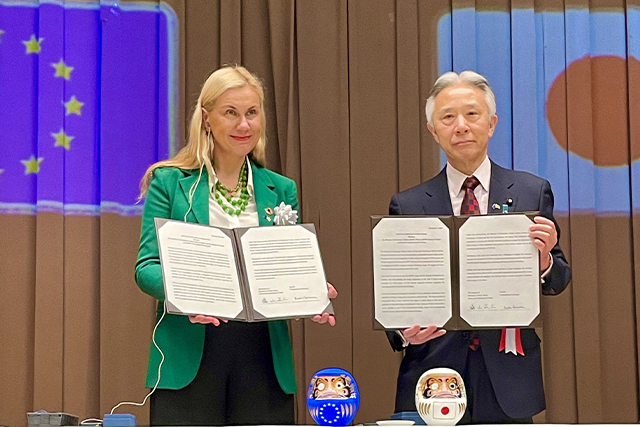
Joint project between Japan and Europe:
Experimental fusion reactor ‘JT-60SA’ built by QST at Naka Research Institute
A ceremony was held to commemorate the start of operation of the JT-60SA.
Commissioner Kadri Simson (Energy):
pressed a button prepared in the central control room.
High-temperature plasma of 8 million degrees Celsius was generated from helium gas for 10 seconds.
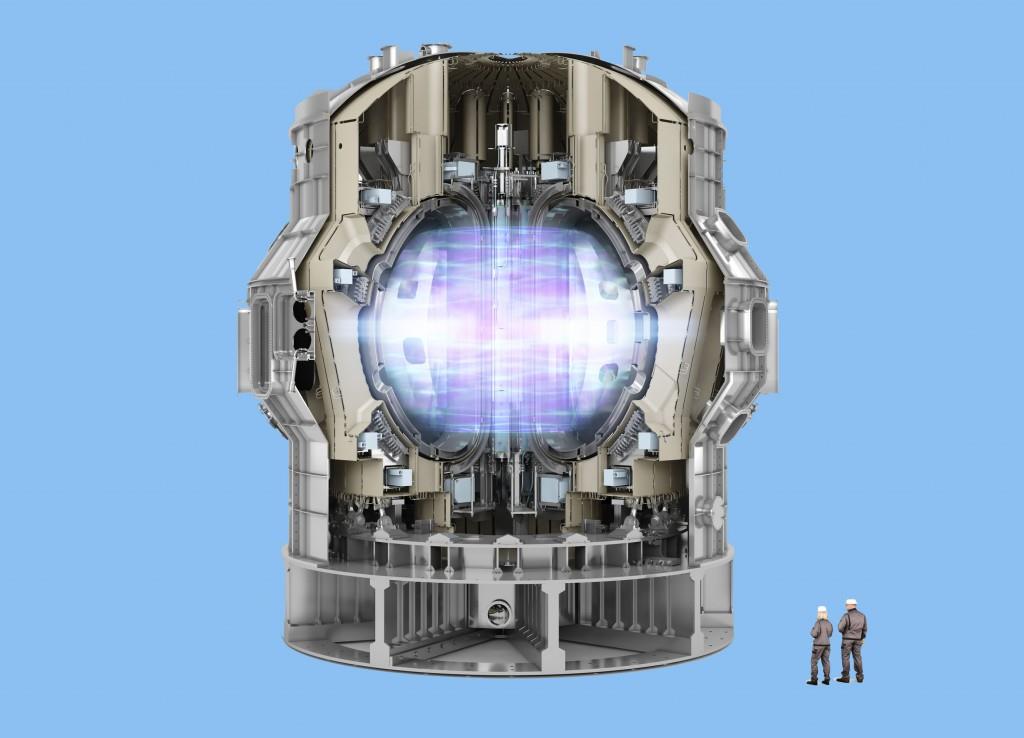
Nuclear fusion experimental device ‘JT-60SA’:
Japan and Europe jointly began assembly in 2013. High-temperature plasma was generated for the first time on October 23 of this year.
Generates the world’s largest plasma:
JT-60SA is a “tokamak type” that confines plasma using a strong magnetic field.
1. This time, we generated the world’s largest plasma with a volume of 160 m3.
2. It was confirmed that the temperature had risen to around 15 million degrees Celsius.
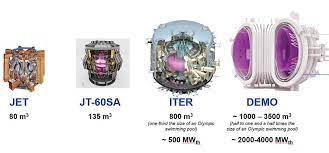
Relationship with ITER development:
JT-60SA is currently one of the world’s largest experimental devices.
Full-scale operations will begin in 2025 for nuclear fusion/DEMO reactor development.
The knowledge gained will be used for research at the International Thermonuclear Experimental Reactor (ITER).
https://news.yahoo.co.jp/articles/234b91fcd3df45948c3395be24d018c163ab728e
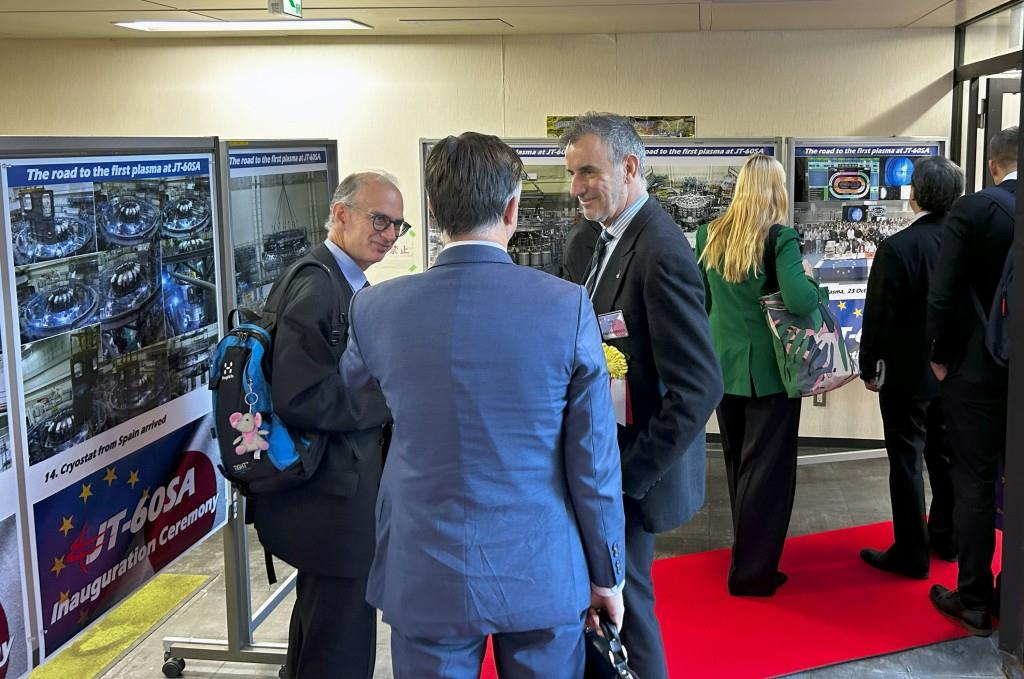
Japanese government: accelerate construction plan for DEMO reactor
We will provide you with a summary of articles published on News Switch.
Japan’s DEMO reactor/construction plan:
Japan will construct a ‘DEMO reactor’ to demonstrate power generation.
Japan brought forward its original construction plan by five years. Update the development roadmap.
A meeting of experts was held at the end of September to formulate a nuclear fusion strategy.
Cabinet Office: Innovation Strategy Council
The issue is ‘industrialization’. Experts from industry, QST, and the Institute for Fusion Science participated.
Relationship between JT-60SA and ITER:
Currently, the most advanced is the International Thermonuclear Experimental Reactor (ITER).
Japanese companies will deliver large quantities of important parts to Eata.
Ministry of Education, Technology: Tsuyoshi Inada, Research and Development Strategy Officer
QST has accumulated manufacturing know-how with JT-60SA at Naka Research Institute.
Japan is the only country in the world that can provide all the necessary parts for a nuclear fusion reactor.
JT-60SA will begin full-scale operation in 2025.
The knowledge obtained will be used for ITER research.

Trends in research institutes and startups in each country
United States: Policy to promote commercialization through collaboration with the private sector
UK: Started construction of power reactors by 2040. Nottinghamshire selected as construction site
China: Builds a test reactor on the same scale as Eater. Plan to convert it into a DEMO reactor in the 1930s
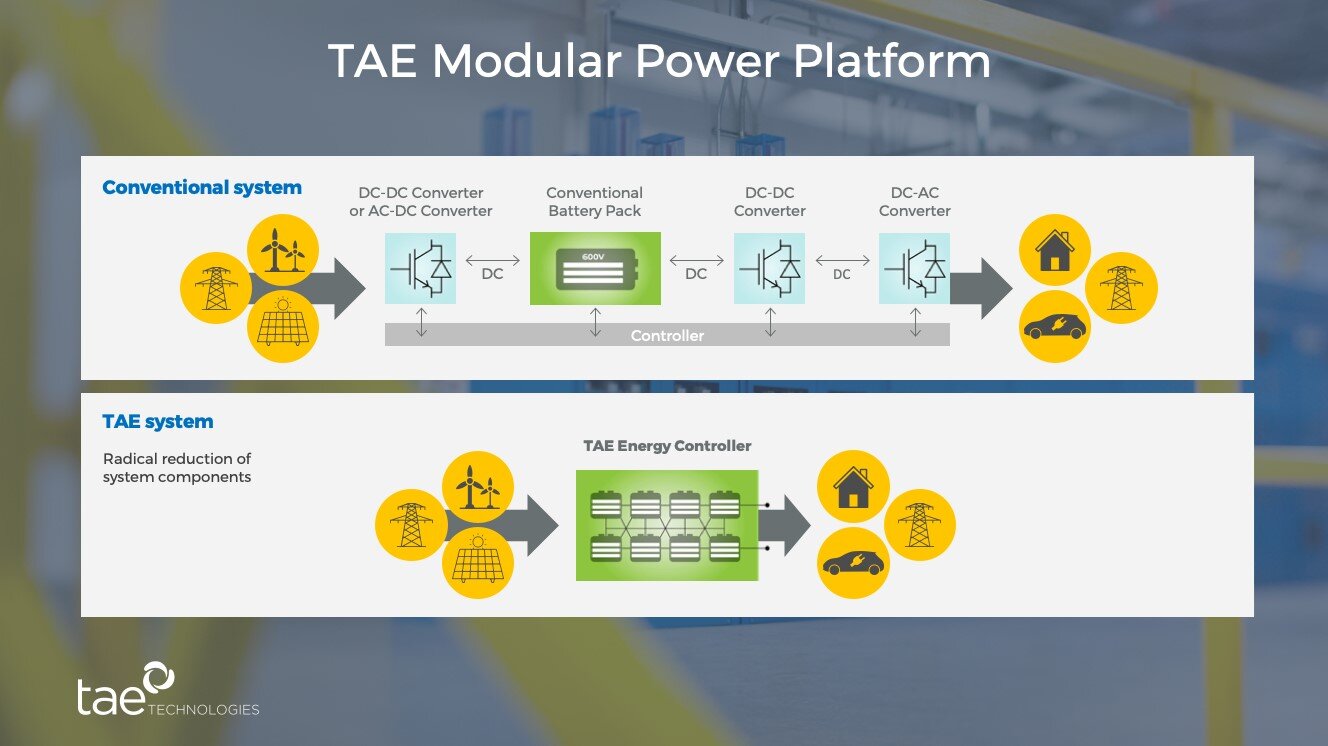
TAE Technologies (US)
The goal is nuclear fusion using hydrogen and boron. Cumulative funding of over 100 billion yen.
A pilot cot plant with a capacity of 300,000 to 500,000 kW was constructed in the 1930s.
Commonwealth Fusion Systems (USA)
Tokamak type similar to Q&A. Currently developing high-temperature superconducting coils for miniaturization.
A total of over 200 billion yen has been raised.

Tokamak Energy (UK)
In the early 2030s, a 200,000 kW pilot plant spherical tokamak-type power reactor to be developed.
Cumulative funding of over 30 billion yen. It will also receive support from the British government.
A 500 MW pilot plant will be constructed in the early 2030s.
![Fuel cycle schematic for a candidate fusion power plant, based on [5]](https://www.researchgate.net/publication/370416941/figure/fig1/AS:11431281172030964@1688436342375/Fuel-cycle-schematic-for-a-candidate-fusion-power-plant-based-on-5.png)
Kyoto University Startup: Kyoto Fusioneering
Kyoto Fusioneering handles parts related to nuclear fusion.
Representative Akira Nagao:
Japan’s nuclear fusion experimental device “JT-60SA” was successful.
In the future, we will hire people in the nuclear fusion field, such as plant technology and microwave.
In Japan, industry, academia, and government are working together to get serious about nuclear fusion.